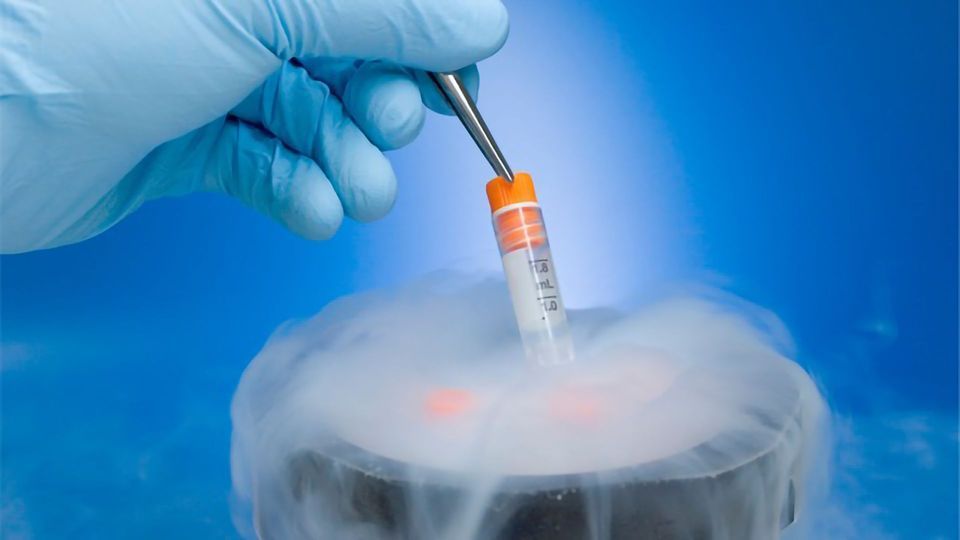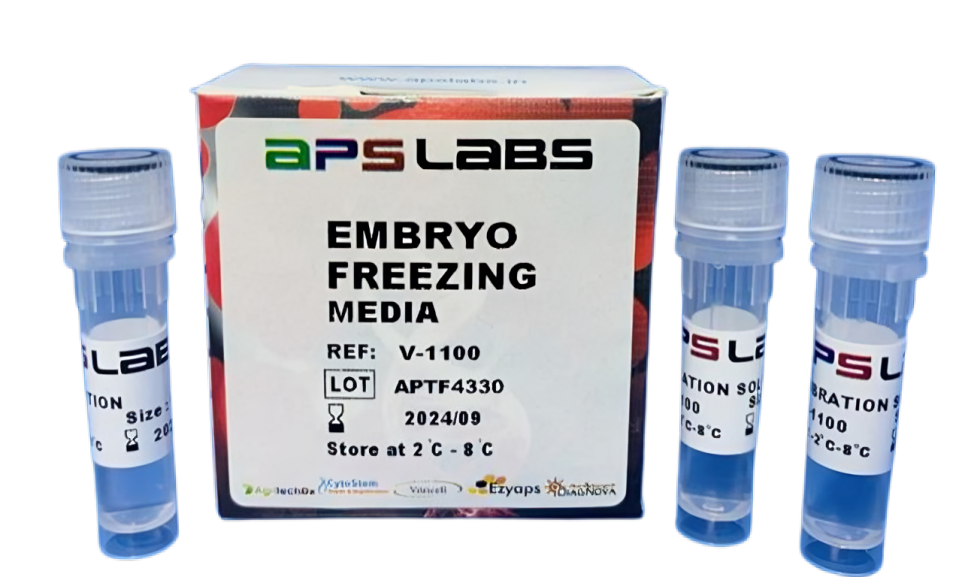Cryopreservation, available at Lotus IVF, is an innovative fertility preservation method enabling individuals and couples to protect their reproductive cells (eggs, sperm) or embryos for future utilization. This proactive strategy empowers individuals to manage their family planning, whether they are focused on personal aspirations, undergoing medical interventions, or contemplating parenthood in the future.

Our cryopreservation process entails the meticulous freezing and preservation of reproductive cells or embryos using cutting-edge freezing methods, ensuring their viability until required. The procedure involves the following steps:
Our fertility specialists collaborate closely with you to grasp your objectives and assess the most fitting approach customized to your individual circumstances.
In the case of women, the process entails retrieving eggs, which are then frozen through oocyte cryopreservation. Men undergo the collection and preservation of sperm samples. Additionally, in instances where couples are undergoing fertility treatments, any excess viable embryos can be frozen for future use.
Lorem ipsum dolor sit amet, consectetur adipisicing elit. Sunt ut voluptatum eius sapiente, totam reiciendis temporibus qui quibusdam, recusandae sit vero unde, sed, incidunt et ea quo dolore laudantium consectetur!The frozen reproductive cells or embryos are safely stored in our advanced cryopreservation facility. Ongoing monitoring guarantees their preservation over the long term.
Cryopreservation can emerge as an excellent choice for fertilization during later stages of life for individuals:
At Lotus IVF Centre in Bareilly, the procedure of embryo freezing is both safe and typically results in successful pregnancies and the delivery of healthy babies. While the treatment can incur significant expenses, it presents an excellent opportunity for individuals who wish to preserve their fertility at a young age due to unavoidable circumstances, thereby enabling them to delay pregnancy.

In the event of a failed first IVF cycle, having additional frozen embryos from that cycle offers the advantage of avoiding the need to undergo the rigorous hormone injection treatment anew.
For individuals experiencing OHSS, frozen embryo transfer is advised over fresh embryo transfers, with embryo freezing being the preferred course of action.
In some cases where the uterus is less receptive for embryo implantation, embryo freezing is highly advantageous as it allows the use of frozen embryos in IVF cycles instead of fresh transfers.
Women usually reach their peak fertility in their late twenties, which remains stable until about age 35. However, for those who wish to delay starting a family, embryo freezing offers a promising option to use their healthiest embryos for future pregnancies.
Embryo freezing facilitates preimplantation genetic diagnosis (PGD), whereby embryologists conduct genetic testing on each embryo to identify potential genetic mutations that may be inherited by children from couples at risk of passing on specific genetic conditions.
Through embryo freezing and subsequent frozen embryo transfers, the likelihood of multiple pregnancies is reduced, given that fewer embryos are typically transferred during a fresh cycle
Typically, the age threshold for embryo freezing spans until the late 30s or early 40s, considering the decline in egg quality associated with age. Nevertheless, this criterion may vary depending on individual health factors and the policies of fertility clinics. It is essential to seek guidance from a fertility specialist to assess the suitability and potential success of embryo freezing based on age.
Certainly, blastocysts, commonly referred to as day 5 embryos, are eligible for freezing. This developmental stage is frequently favored for cryopreservation because of the embryo's advanced state, which may enhance the likelihood of successful implantation and subsequent pregnancy. Advanced cryopreservation techniques are employed to freeze the embryos, ensuring their optimal preservation for future utilization.
Embryo freezing demonstrates a commendable success rate, reaching up to 95%, especially when embryos are preserved at a younger age. Progress in cryopreservation methods, such as vitrification, has notably enhanced these success rates. Nevertheless, results may differ depending on factors such as the individual's age, the quality of the embryos, and the particular techniques employed for freezing and thawing by the clinic.
Indeed, it is possible for one embryo to result in twins, particularly identical twins. This phenomenon occurs when a single fertilized egg (embryo) divides into two separate embryos during early development. However, such occurrences are rare and are more frequently observed in natural conception. In the context of IVF, the chances of identical twins originating from one embryo remain relatively low.
While the probability may be lower compared to high-quality embryos, it is still possible for poor-quality embryos to develop into healthy babies. The evaluation of embryo quality in IVF relies on criteria such as appearance and growth rate, which may not always accurately predict the embryo's potential to lead to a successful pregnancy.
Embryo freezing is a secure and widely adopted procedure in fertility treatments. Enhanced cryopreservation methods such as vitrification significantly reduce the likelihood of embryo damage. Research indicates that children born from frozen embryos exhibit comparable health outcomes to those born from fresh embryos, underscoring the safety of this approach.
